Princess palm, Hurricane palm, Red palm
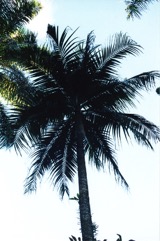
It grows in tropical and subtropical places. It is cold sensitive. It can tolerate salt-laden winds. It needs well drained rich soil. It needs a warm sunny position. It cannot tolerate drought. It grows in lowlands and up to 600 m above sea level. In Cairns Botanical Gardens. It suits hardiness zones 10-11.
Synonyms
- Areca alba Bory
- Dictyospermum rubrum I.B. Balfour
- Dictyospermum album var. rubrum
- Dictyopsermum album var. furfuraceum
Edible Portion
- Cabbage, Palm heart, Vegetable
Where does Princess palm grow?
Found in: Africa, Australia, Dominican Republic, East Africa, Guam, Hawaii, Madagascar, Mascarene Islands, Mauritius, North America, Pacific, Reunion, United States, West Indies
Notes: There is only one Dictyosperma species. This plant is almost extinct in the wild.
Status: It is cultivated in Mauritius for palm hearts.
Growing Princess palm, Hurricane palm, Red palm
Cultivation: Plants are grown from seed. Seed germinate in 2-3 months.
Edible Uses: The palm heart is eaten.
Nutrition Info
per 100g edible portion| Edible Part | Energy (kcal) | Protein (g) | Iron (mg) | Vitamin A (ug) | Vitamin c (mg) | Zinc (mg) | % Water |
|---|---|---|---|---|---|---|---|
| - | - | - | - | - | - | ||
| - | - | - | - | - | - |
Princess palm, Hurricane palm, Red palm Photos

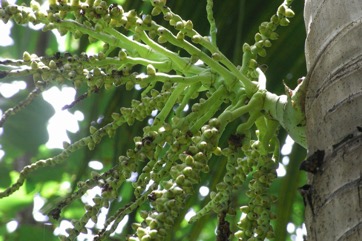
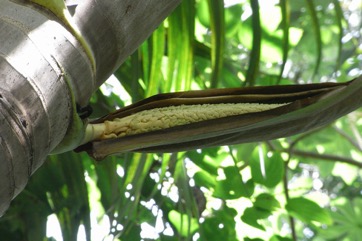
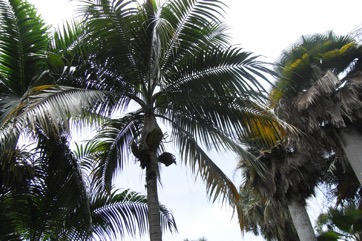
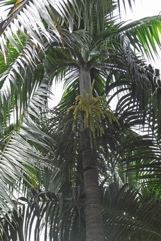
References
Ann. Gard. Bot. Buitenzorg 1:157. 1876 "alba"
Balick, M.J. and Beck, H.T., (Ed.), 1990, Useful palms of the World. A Synoptic Bibliography. Colombia p 105, 121 (As Dictyosperma album),
Blomberry, A. & Rodd, T., 1982, Palms. An informative practical guide. Angus & Robertson. p 95
Bodkin, F., 1991, Encyclopedia Botanica. Cornstalk publishing, p 341
Brickell, C. (Ed.), 1999, The Royal Horticultural Society A-Z Encyclopedia of Garden Plants. Convent Garden Books. p 365
Cundall, P., (ed.), 2004, Gardening Australia: flora: the gardener's bible. ABC Books. p 498
Davis, S.D., Heywood, V.H., & Hamilton, A.C. (eds), 1994, Centres of plant Diversity. WWF. Vol 1. p 285
Etherington, K., & Imwold, D., (Eds), 2001, Botanica's Trees & Shrubs. The illustrated A-Z of over 8500 trees and shrubs. Random House, Australia. p 261
Gibbons, M., 2003, A pocket guide to Palms. Chartwell Books. p 99
Grubben, G. J. H. and Denton, O. A. (eds), 2004, Plant Resources of Tropical Africa 2. Vegetables. PROTA, Wageningen, Netherlands. p 284
Hibbert, M., 2002, The Aussie Plant Finder 2002, Florilegium. p 86
Jones, D.L., 1994, Palms throughout the World. Smithtonian Institution, Washington. p 208
Jones, D.L., 2000, Palms of Australia 3rd edition. Reed/New Holland. p 154
Llamas, K.A., 2003, Tropical Flowering Plants. Timber Press. p 103
Marinelli, J. (Ed), 2004, Plant. DK. p 369 (As Dictyosperma album)
Martin, F.W. & Ruberte, R.M., 1979, Edible Leaves of the Tropics. Antillian College Press, Mayaguez, Puerto Rico. p 210
Riffle, R.L. & Craft, P., 2003, An Encyclopedia of Cultivated Palms. Timber Press. p 323
Staples, G.W. and Herbst, D.R., 2005, A tropical Garden Flora. Bishop Museum Press, Honolulu, Hawaii. p 621 (As Dictyosperma album)
World Checklist of Useful Plant Species 2020. Royal Botanic Gardens, Kew